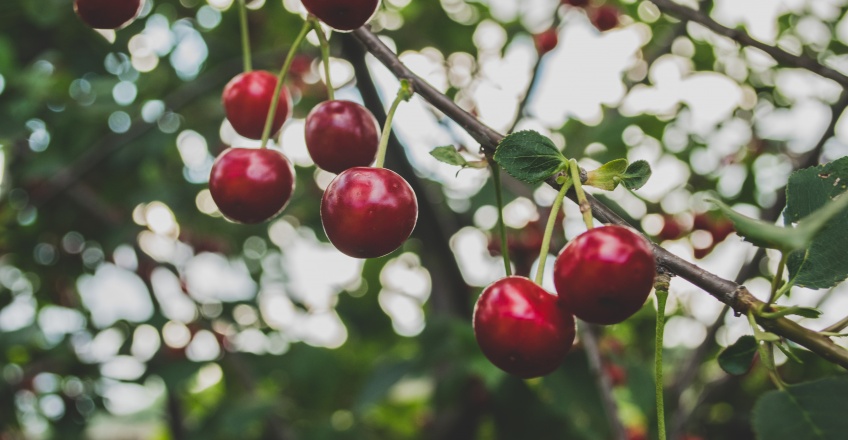Blog
Authentic Maraschino
28.02.2018.

When in Zadar you should treat your palate with Maraschino, a liqueur recognizable by bitter-sweet taste and aromatic scent. In the past, it was enjoyed above all by the elite, kings, generals, writers like Balzac, lovers, filmmakers, actors, singers, and it was served on the first and only voyage of the Titanic.
The recipe for the authentic Zadar liqueur was created and written down in the 16th century in the Dominican monastery. The liqueur was first prepared by the pharmacists of this monastery and they named it Rosolj, coming from the word Ros solis which meant the sun dew. Since the liqueur is produced from the essence of the mature fruits of Dalmatian sour cherry maraska and from the leaves of its young twigs, it was later called Maraschino. At the beginning, only the privileged few could enjoy in its taste, and it was often considered to have healing features. As early as in the 17th century, with the emergence of the first manufacturing distillery plants, its taste began to expand, and one century later, with the development of industrial production, it began to conquer the European market. It could be found in glasses at numerous courts and later found its way to the markets of North and South America.
In the 19th century, Napoleon Bonaparte enjoyed in its taste as well as the French kings Louis XVIII, Charles X and Louis Philippe and the Russian tsar Nikolai I.
British king George IV was sending warships to Zadar to bring him hundreds of Maraschino crates for the royal court, but also for the governors of Malta and Corfu. Queen Victoria of England could not resist Maraschino either and she was also sending her ships in 1871 to get supplies for the court. In 1887 the Prince of Wales, later king George V, visited the liqueur factory ordering on that occasion more crates of the "sun dew".
This liqueur soon became very popular, and before the Second World War it was produced by as many as 33 companies. However, part of the factories were destroyed in the war and after its end the representatives of the new authorities encouraged the renovation of those factories. Today, this liqueur is produced by Maraska factory, and Maraschino can be found in most shops and souvenir shops, in traditional braided straw wrapped bottles, whose technique of braiding can still be tried out at various workshops today.